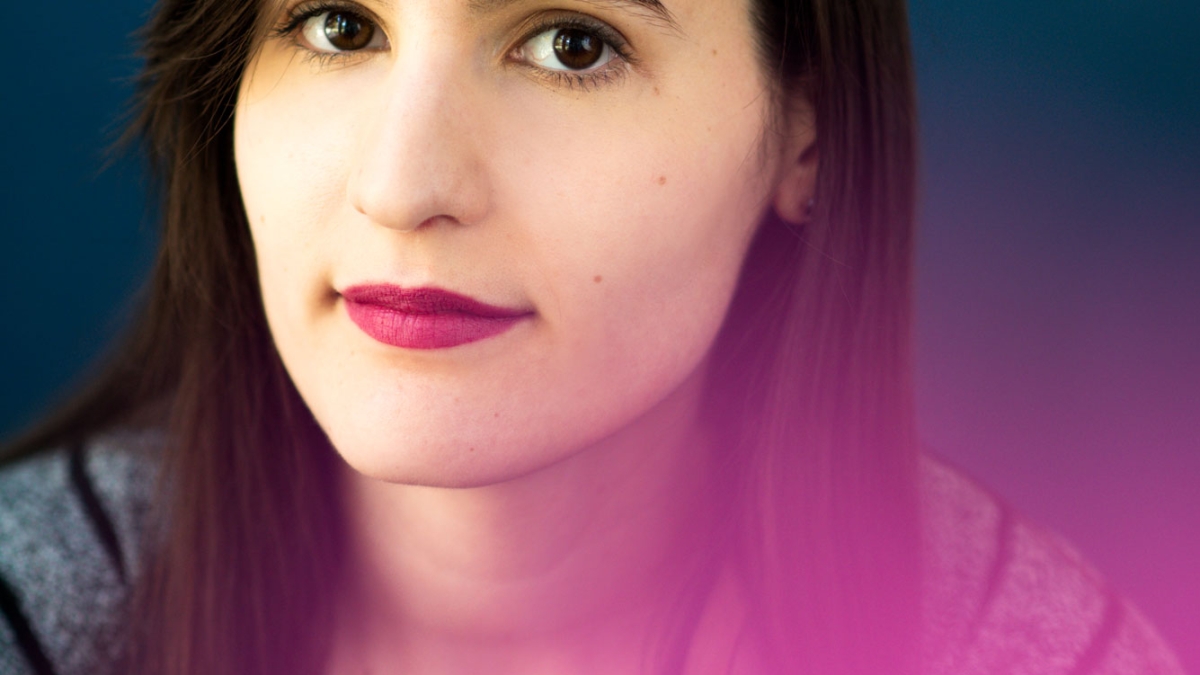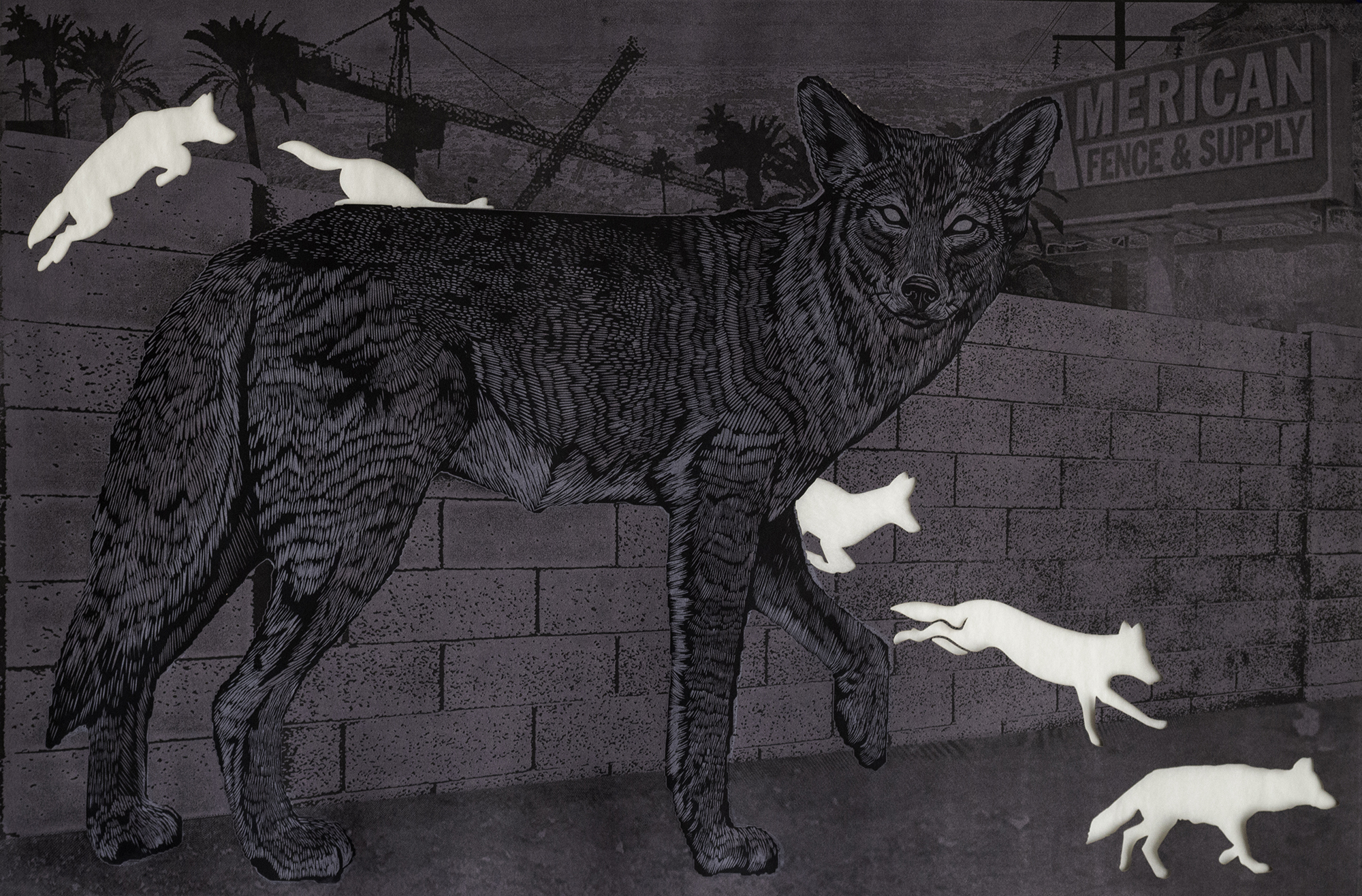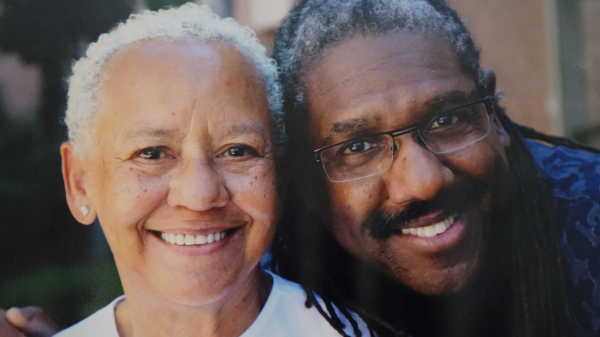On behalf of our animal neighbors: Printmaking grad looks to the natural world

Daniella Napolitano
Editor's note: This story is part of a series of profiles of notable spring 2022 graduates.
Daniella Napolitano compares her creative practice to that of a natural historian informed by ecology, biology and natural history research.
“One of my favorite projects I’ve worked on is a set of field guides I made for common Phoenix flora and fauna,” said Napolitano, who graduates this spring with an MFA in printmaking. “It stands out to me because it was my very first experience with using the letterpress and I was determined to try every new technique. It also helped me familiarize myself with a new environment after moving here from out of state.”
Napolitano said she “observes animals and plants, translating information into a ‘popular’ rather than ‘scientific’ form: visual narratives that incorporate observation-based information with a whimsical approach to animal behavior.”
Her thesis exhibition, “Have You Seen Me?: A Guide to Noticing and Understanding,” is a call to action for people to notice their animal neighbors and take the time to understand and appreciate them. The exhibition will be on view May 3 through 12 at Harry Wood Gallery.
Napolitano was working in graphic design when a friend teaching a printmaking class encouraged her to sign up for it.
“I had some experience with printmaking from undergrad and thought it would be a fun thing to do after work,” Napolitano said.
Following that class, she continued to print during open studio sessions—she enjoyed the communal aspect of the print studio as well as working in a process-based, physical medium — and eventually she decided to pursue her master’s in printmaking. While getting her degree, she also worked as a graduate teaching assistant in the School of Art.
In addition to her upcoming thesis exhibition, her large, eye-catching prints have been recently featured in the “BIG PRINTS,” “Marked” and Galbut Prize exhibitions in the Harry Wood Gallery. She won MFA Professional Development Funding in 2022 and the Nathan Cummings Graduate Summer Travel Award in 2021.

One of Napolitano's prints.
Question: What’s something you learned while at ASU — in the classroom or otherwise — that surprised you or changed your perspective?
Answer: Having a global pandemic hit while I was in the middle of my first year of graduate school changed my perspective about how I approach my artistic practice. During lockdown I had to think about my concepts first before the technique, because I was limited to what I was able to do outside of the printmaking studio. It also changed my perspective on teaching, and I think made me a more compassionate instructor.
Q: Why did you choose ASU?
A: ASU has a highly respected printmaking program. I was impressed with the print facilities, especially with the fact that there were dedicated studios for each type of printmaking. I also knew I wanted to go to a larger university that would have more resources for interdisciplinary research.
Q: Which professor taught you the most important lesson while at ASU?
A: Both Heather Green and Mary Hood have been wonderful printmaking mentors. With their support I feel that I have become a better printmaker technically and conceptually. I’m glad to have them both on my thesis committee along with Nancy Serwint and Heidi Hogden. My committee has helped me learn how to challenge myself but also to prioritize and not spread myself too thin.
Q: What’s the best piece of advice you’d give to those still in school?
A: Taking time to rest is just as important as spending time in the studio. You can’t do your best work when you are tired. Also, don’t get discouraged when things don’t work out the first time. Failure is a part of the learning process.
Q: What was your favorite spot on campus, whether for studying, meeting friends or just thinking about life?
A: The “secret garden” is one of my favorite places on campus. I really enjoy any place where I can relax outside after spending all day in the studio. I love that the whole campus is an arboretum. I even enjoy birdwatching on my walk from the art building to my car.
Q: What are your plans after graduation?
A: After graduation I plan to stay in the area for a little bit and teach. I’d also like to try to set up my own home studio for printmaking.
Q: If someone gave you $40 million to solve one problem on our planet, what would you tackle?
A: I’m probably way overthinking this because, globally, $40 million isn’t that much to try to solve a problem, so I would probably start locally. Studies show that Phoenix has significant environmental inequality, and I would use the money to improve green spaces in lower income areas to help alleviate the effects of pollution and reduce the heat-island effect. I would also replace as many palm trees with native trees as I can because they are more drought tolerant, better at trapping carbon and provide shade from the sun.
More Arts, humanities and education

School of Social Transformation faculty member assumes new title with NSF
School of Social Transformation faculty member and Founding Executive Director of the Center for Gender Equity in Science…

ASU's Neal Lester reflects on life, death of poet Nikki Giovanni
When Neal Lester heard on Monday that poet and activist Nikki Giovanni had died, the news hit hard.Lester, the founding director…

Learning by stepping outside
By Adriana MaestasAmid a world increasingly captivated by all things digital, more than 200 Arizona teachers have crafted…